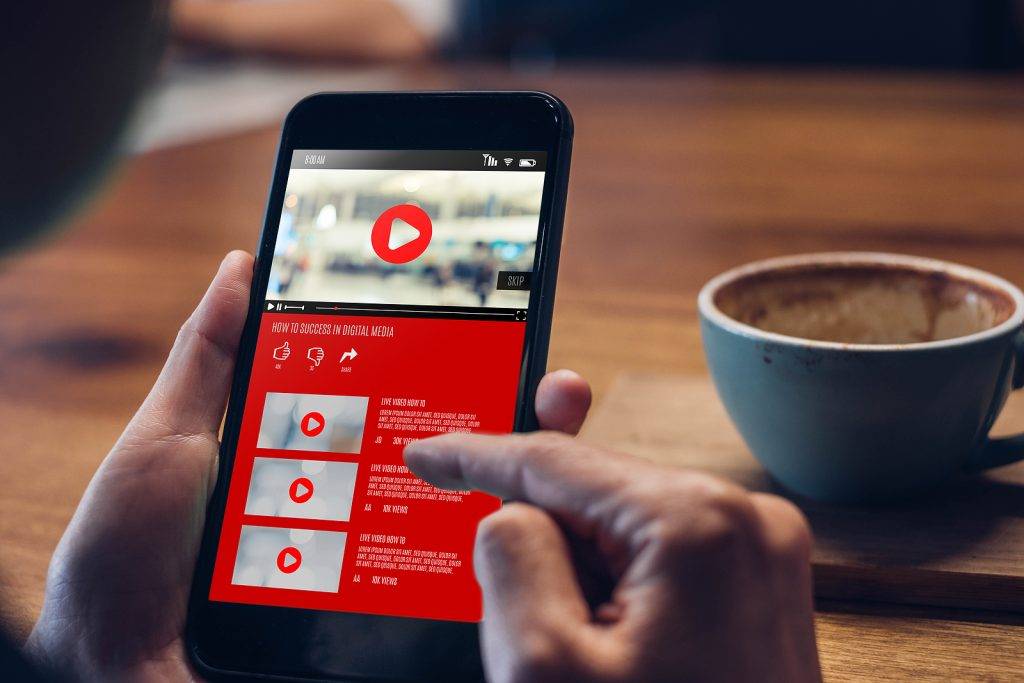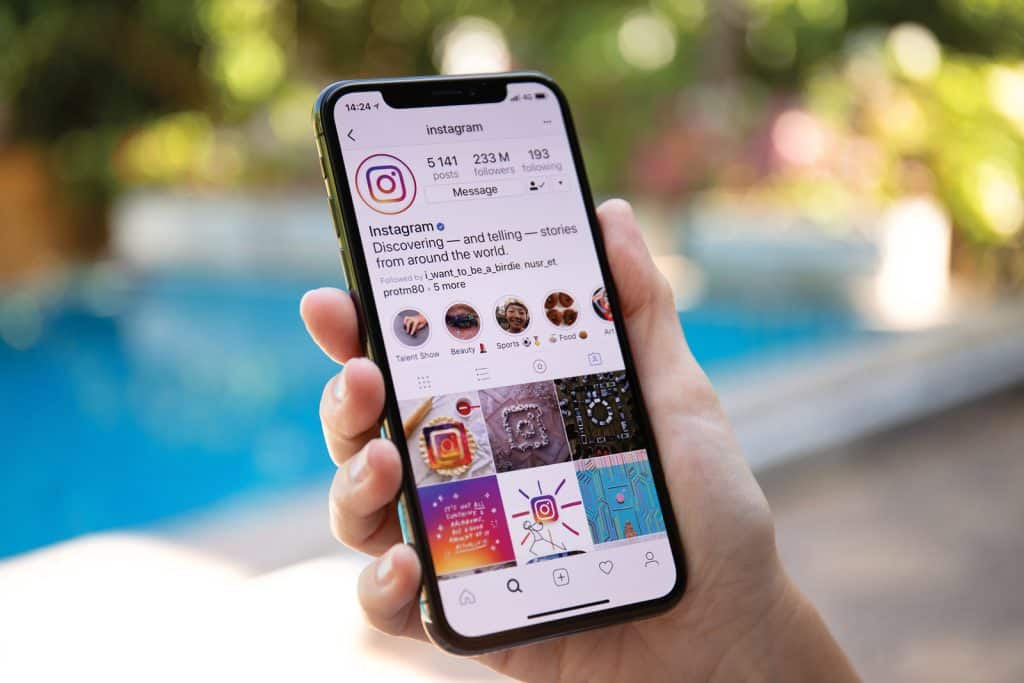In a digital age saturated with selfies, sponsored posts, and personal branding, a question often arises: Can you be an influencer without showing your face? The short answer is yes—but the long answer reveals a nuanced landscape of opportunity, strategy, and identity. Whether you’re shy, value privacy, or want your content to take center stage, faceless influencing is a growing movement across nearly every platform.
Table of Contents
In this article, we’ll explore how creators successfully build influence without ever revealing their faces. You’ll learn about different content strategies, monetization opportunities, tools of the trade, and real-world examples that prove faceless influencing is not only possible—it can be wildly profitable and creatively liberating.

Why Go Faceless as an Influencer?
There are several legitimate reasons why someone might remain faceless online, from maintaining anonymity to building a content-first brand. Here are some of the most common motivations:
- Privacy and safety: Some creators fear online harassment or doxxing. A Pew Research Center study found that 41% of U.S. adults have experienced online harassment, with women disproportionately affected.
- Introversion or anxiety: Many potential influencers consider being on camera intimidating.
- Scalability: Faceless content is often easier to outsource, repurpose, and automate, making it ideal for those seeking passive income.
- Creative freedom: When your face isn’t the brand, your ideas, art, or voice can take the spotlight instead.
Types of Influencers Who Don’t Show Their Face
Let’s look at several niches where faceless influencers thrive, often outperforming their on-camera counterparts.
1. Animation and Illustrative Content Creators
Platforms like YouTube and TikTok are home to many animated channels. Creators use tools like Adobe Character Animator, Vyond, or Toonly to produce content without ever appearing on screen. Channels like TheOdd1sOut have built audiences in the millions while remaining anonymous for years.
2. Voice-Over Narrators and Storytellers
From horror stories to history lessons, channels that rely solely on narration are extremely popular. Podcasts also fall into this category. Shows like Lore or Darknet Diaries engage millions of listeners with powerful voice work and storytelling—no face required.
3. Niche Reviewers and Tutorial Channels
Whether it’s tech reviews, cooking recipes, or product unboxings, hands-only or voice-over content dominates niches where the viewer is more interested in the product than the person. Unbox Therapy started this way, becoming one of YouTube’s tech channels.
4. Meme Pages and Curated Content Accounts
On Instagram, TikTok, and X (formerly Twitter), meme and theme pages like Daquan or Pubity influence millions through curated content—never showing a face. These faceless influencers often generate income through brand deals, sponsored posts, and merchandise.
5. AI-Generated and Virtual Influencers
With the rise of AI tools like Midjourney, Runway, and Synthesia, creators can now generate lifelike avatars or fully AI-run channels. Virtual influencers like Lil Miquela or Imma already work with global brands like Prada and Calvin Klein without being real people.
How to Build Authority Without Showing Your Face
While a face can help build trust, it’s far from the only way. Here are proven strategies for faceless influencers to build a loyal following:
1. Build a Strong and Consistent Brand Identity
Your audience needs to know what to expect from you. This includes having a recognizable logo, style, tone of voice, and posting schedule. Consistency builds familiarity—and familiarity builds trust.
2. Deliver High-Value Content
Whether it’s solving a problem, entertaining, or educating, high-quality content is key. Use visual storytelling, engaging scripts, and solid research to compensate for the lack of facial connection. If you offer data, cite reputable sources such as Statista or McKinsey & Company.
3. Use Your Voice Strategically
Your voice can be a powerful personal brand. Think of it like a fingerprint: distinct, memorable, and capable of conveying emotion. Invest in a quality microphone like the Blue Yeti or Rode NT-USB to create a professional sound.
4. Leverage Subtitles and On-Screen Text
Not everyone watches with sound. Captions and overlays can increase engagement and accessibility. Platforms like TikTok and Instagram Reels now auto-generate subtitles—use them to your advantage.

Monetization Options for Faceless Influencers
One of the top questions aspiring creators ask is, “Can I make money if I don’t show my face?” Absolutely. Many faceless influencers are running highly profitable businesses behind the scenes.
Affiliate Marketing
Faceless review or tutorial channels can generate significant revenue through affiliate links. Whether it’s promoting tech gadgets on Amazon Associates or software tools through ShareASale, this is a standard revenue stream.
Ad Revenue (YouTube and Podcasting)
Once your YouTube channel is monetized (1,000 subscribers + 4,000 watch hours), you can earn money through ads. Similarly, podcasts can monetize through networks like Spotify for Podcasters or Buzzsprout.
Digital Products and Courses
From eBooks to online courses, faceless creators can sell knowledge-based products. Think recipe PDFs, productivity templates, or coding tutorials—all faceless, all scalable.
Sponsored Content
Brands are increasingly comfortable working with niche influencers, even faceless ones. You can command sponsorships as long as your audience is engaged, your content is aligned, and your delivery is authentic.
Examples of Successful Faceless Influencers
To underscore the possibilities, here are a few real-world examples of influencers who rarely or never show their face:
- TechLead – A software engineer with over 1 million YouTube subscribers, often appearing only as a voice or with minimal on-camera presence.
- Dream (Minecraft YouTuber) – Dream kept his identity hidden for years, amassing over 30 million subscribers and creating a global fandom.
- Chills (YouTube Channel) – Famous for horror narration, the voice alone became so recognizable it spawned memes—and a lucrative career.
These examples demonstrate that it’s not about your appearance but your content, consistency, and connection with your audience.

How to Start Your Own Faceless Influencer Journey
Many people know the value of becoming an influencer, but do not know how to do it. Here is a simple road map for anyone who wants to jump into the world of influencers. But remember, it takes time, so be patient.
Step 1: Pick a Platform and Niche
Choose the platform that aligns with your content style, whether it’s YouTube, TikTok, Pinterest, or Spotify. Then, niche down: endless possibilities: food hacks, minimalist living, and narrated travel guides.
Step 2: Choose Your Format
Will you use stock footage, AI-generated visuals, animation, or screen recordings? Determine your medium early and start experimenting.
Step 3: Develop a Content Plan
Plan out your first 10–20 pieces of content. Use tools like Trello, Notion, or Airtable to manage your workflow and stay consistent.
Step 4: Use the Right Tools
Invest in quality software and gear:
- Video editing: CapCut, Final Cut Pro, Adobe Premiere Pro
- Audio editing: Audacity, Descript
- Voice tools: Murf.ai, ElevenLabs (for AI voice), or your mic setup
- Graphics: Canva, Photoshop
Step 5: Be Patient and Track Your Progress
Growth takes time—especially in the faceless space. Use analytics tools provided by each platform to track engagement and iterate.
Can You Be an Influencer Without Showing Your Face?
Yes—you absolutely can be an influencer without showing your face. More than ever, the creator economy supports diverse voices, styles, and strategies. Faceless creators are making six- and seven-figure incomes, building loyal communities, and influencing millions around the globe.
Success hinges not on your looks, but on your value.
If you can educate, entertain, or inspire—without needing to go on camera—you can carve out your corner of the internet and thrive as a faceless influencer. Showing your face can speed up trust-building, but faceless growth is possible—and often more scalable. If you choose the faceless route, build trust through quality, consistency, and unique branding.
Read more – Is Scarlett Johansson an Heiress? Was She Born Rich?


